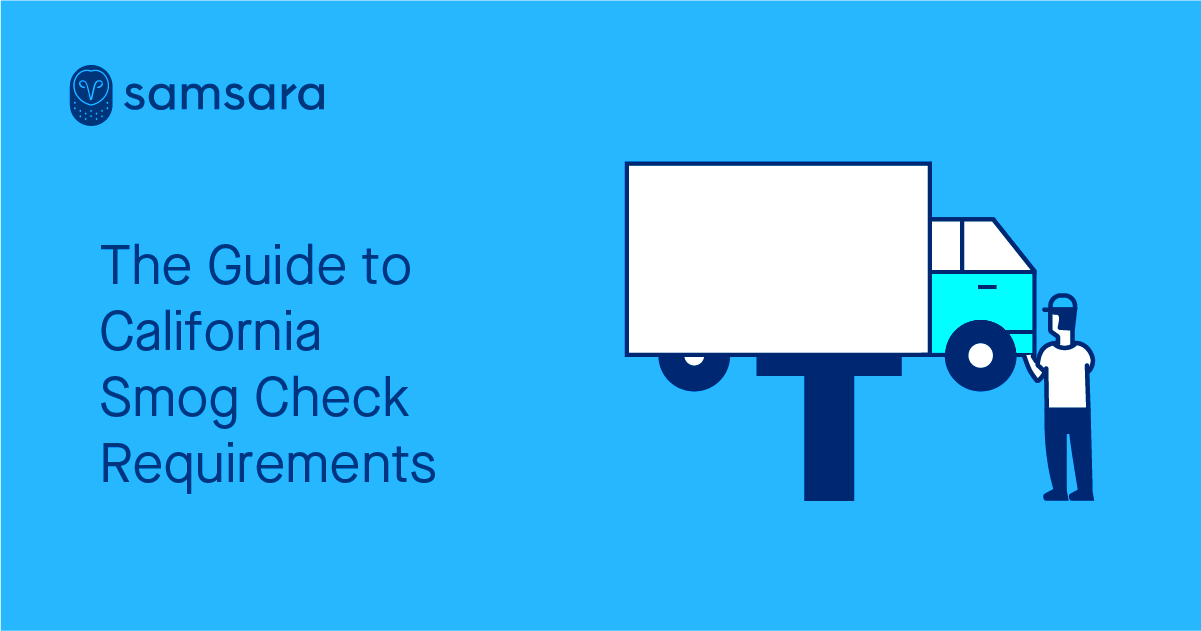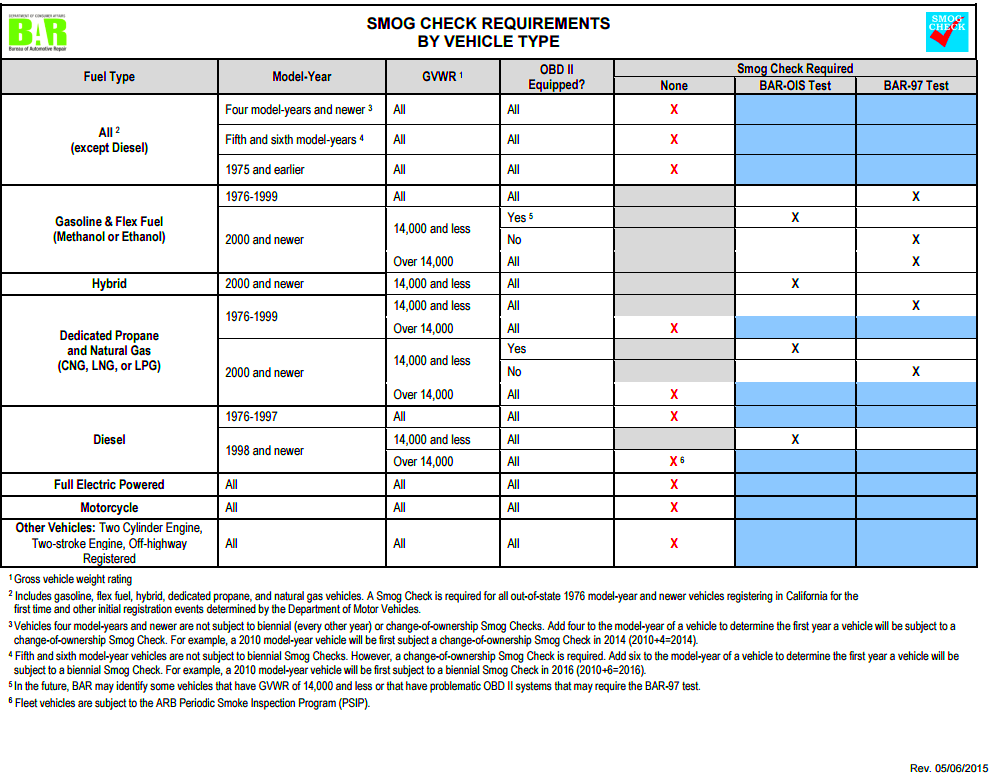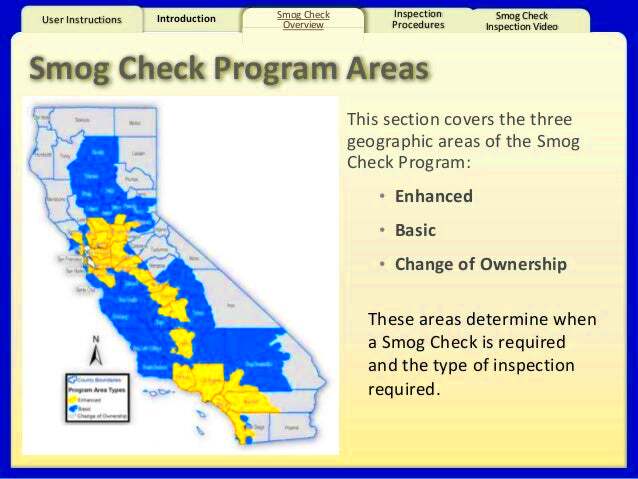Comparing Nevada and California Smog Laws
Smog laws are crucial for maintaining air quality and protecting public health. In the United States, states like California and Nevada have implemented specific regulations to combat vehicle emissions. These laws ensure that vehicles meet certain environmental standards before they can be driven on the roads. While both states aim to reduce pollution, their smog laws differ significantly, reflecting their unique geographical and environmental challenges. Understanding these differences is essential for vehicle owners and anyone interested in environmental regulations.
Overview of Smog Testing Requirements in California

California is known for having some of the strictest smog testing requirements in the nation. The state mandates regular inspections for most vehicles to ensure they comply with emissions standards. Here are the key points:
- Frequency of Testing: Most vehicles require a smog check every two years.
- Types of Vehicles Tested: This includes gasoline-powered cars, light trucks, and certain hybrids. Diesel vehicles are also subject to testing, but the requirements differ.
- Testing Locations: Smog checks can be performed at licensed stations across the state.
- Exemptions: Some vehicles, like electric cars and hybrids under a certain age, may be exempt from testing.
- Cost of Testing: The average cost for a smog check in California ranges from $40 to $70, but it may vary by location.
Vehicles that fail the test must undergo repairs and be re-inspected. California also offers a “Smog Check Program” to help vehicle owners afford repairs, making it a bit easier to comply with these laws.
Overview of Smog Testing Requirements in Nevada

Nevada’s smog testing requirements are generally less stringent than California’s, but they still play a vital role in maintaining air quality. Here’s what you need to know:
- Frequency of Testing: In most counties, vehicles require a smog check every two years, similar to California.
- Testing Areas: Smog checks are primarily required in urban areas like Las Vegas and Reno, where air quality issues are more pronounced.
- Types of Vehicles Tested: The state tests gasoline-powered vehicles, light trucks, and certain diesel vehicles, but not all are required to undergo testing.
- Exemptions: New vehicles are typically exempt from testing for the first year, and vehicles older than a certain age may also qualify for exemptions.
- Cost of Testing: Smog checks in Nevada generally cost between $20 and $30, making it more affordable compared to California.
Overall, Nevada focuses on areas with higher pollution levels, allowing for a more tailored approach to smog regulation. Vehicle owners in these areas must stay informed about their local smog laws to avoid penalties.
Differences in Smog Emission Standards
When it comes to smog emission standards, California and Nevada take two very different approaches. California’s regulations are often seen as the gold standard due to their rigor. Here’s a breakdown of the main differences:
- Emission Limits: California has stricter emission limits for harmful pollutants, including nitrogen oxides (NOx) and particulate matter (PM). Nevada’s limits are generally more lenient, focusing primarily on reducing basic emissions.
- Testing Methods: California employs advanced testing methods, such as the Smog Check program, which includes both tailpipe emissions tests and visual inspections of the vehicle’s emissions control systems. In contrast, Nevada’s testing is more straightforward, primarily focusing on tailpipe emissions.
- Vehicle Models Covered: California’s regulations apply to a wider range of vehicle types, including more hybrids and electric vehicles, while Nevada primarily targets older models and conventional gasoline vehicles.
- State-Specific Programs: California offers various programs, like the Low-Income Repair Assistance Program, to help vehicle owners meet these stringent standards. Nevada has fewer support programs for vehicle owners.
These differences reflect each state’s unique challenges regarding air quality and their priorities in combating pollution. Vehicle owners must be aware of these variations to ensure compliance and avoid penalties.
Impact of Smog Laws on Vehicle Owners
The impact of smog laws on vehicle owners can be significant, influencing everything from vehicle maintenance to purchase decisions. Here’s how:
- Regular Maintenance: Vehicle owners in California often need to invest more time and money into regular maintenance. Keeping a vehicle compliant with stricter emission standards may require frequent repairs and updates.
- Vehicle Purchases: Many vehicle owners are now considering purchasing electric or hybrid cars due to the incentives provided by California’s programs. This trend is less pronounced in Nevada, where stricter emissions do not necessarily influence vehicle choice.
- Costs of Compliance: In California, the cost of smog checks and repairs can add up, putting financial pressure on vehicle owners. In Nevada, while the costs are lower, owners still face penalties for failing to comply.
- Long-Term Vehicle Value: Vehicles that pass smog checks tend to retain their value better in California. This situation creates a market where compliance is crucial for resale value.
Overall, smog laws significantly shape the experiences of vehicle owners in both states, impacting not only their wallets but also their choices regarding vehicle ownership.
Consequences of Non-Compliance with Smog Laws
Failing to comply with smog laws can have serious repercussions for vehicle owners in both California and Nevada. Here are the potential consequences:
- Fines and Penalties: Vehicle owners who do not comply with smog regulations can face hefty fines. In California, these fines can be steep, especially for repeat offenders.
- Vehicle Registration Issues: In both states, vehicles must pass smog checks to be registered. Non-compliance can result in delayed or denied registration, making it illegal to drive the vehicle.
- Environmental Impact: Non-compliance contributes to increased air pollution, which can harm public health and the environment. This impact reinforces the need for strict adherence to smog laws.
- Increased Repair Costs: Ignoring smog issues can lead to more significant problems down the line. Vehicles that are not properly maintained may incur higher repair costs later on.
- Insurance Complications: In some cases, non-compliance can lead to insurance issues. Insurance companies may view non-compliance as a risk factor, potentially increasing premiums.
Ultimately, understanding the consequences of non-compliance is crucial for vehicle owners. Staying informed and adhering to smog laws not only benefits individual owners but also contributes to cleaner air for everyone.
Recent Changes in Smog Regulations
In recent years, both California and Nevada have updated their smog regulations to address the growing concerns about air quality and environmental protection. These changes reflect advancements in technology, shifts in policy, and a commitment to reducing vehicle emissions. Here’s a look at some of the most significant updates:
- California’s Enhanced Smog Checks: California has implemented more rigorous testing procedures, including new technologies that provide a more accurate assessment of emissions. This includes adopting On-Board Diagnostics (OBD) systems to monitor vehicle performance.
- Expansion of Exemptions: The state has expanded exemptions for newer vehicles and those that meet specific environmental criteria. This aims to encourage the purchase of cleaner vehicles while easing the burden on owners of older models.
- Nevada’s Urban Focus: Nevada has shifted its focus on smog testing from statewide regulations to more localized programs. This means that areas with poorer air quality, like Las Vegas, are subject to stricter rules, while rural areas have more lenient regulations.
- Incentives for Electric Vehicles: Both states have introduced incentives for electric vehicle (EV) purchases, including rebates and tax credits. This is part of a broader strategy to promote cleaner transportation options and reduce dependence on fossil fuels.
These recent changes are essential in adapting to evolving environmental challenges and reflect a collective effort to improve air quality for future generations.
FAQs about Smog Laws in Nevada and California
When it comes to smog laws, many vehicle owners have questions about what they mean for their vehicles. Here are some common FAQs:
- Do all vehicles need a smog check? In California, most vehicles need a smog check every two years, but there are exemptions for new and electric vehicles. In Nevada, smog checks are mainly required in urban areas.
- What happens if my vehicle fails a smog check? If your vehicle fails, you will need to make necessary repairs and get a re-test. California may offer repair assistance programs to help with costs.
- How much does a smog check cost? In California, smog checks typically range from $40 to $70, while in Nevada, they generally cost between $20 and $30.
- Are there penalties for not getting a smog check? Yes, both states impose fines and may prevent vehicle registration if you don’t comply with smog laws.
- Can I drive my vehicle while waiting for a smog check? No, in both states, you must have a valid smog check to drive legally.
Understanding these common questions can help vehicle owners navigate the complexities of smog laws more effectively.
Conclusion on Smog Laws Comparison
Comparing smog laws between California and Nevada reveals distinct differences in regulation, enforcement, and their impact on vehicle owners. California’s stringent standards reflect its commitment to environmental protection, aiming for the highest air quality possible. In contrast, Nevada balances the need for regulation with a more lenient approach, particularly in rural areas.
As vehicle owners, it’s essential to stay informed about these regulations and their implications. Adhering to smog laws not only avoids penalties but also contributes to a healthier environment. With ongoing changes in both states, being proactive in understanding your obligations and the benefits of compliance can lead to better choices for your vehicle and the planet.
In summary, whether you’re in California or Nevada, being aware of smog regulations is crucial for responsible vehicle ownership and environmental stewardship.


